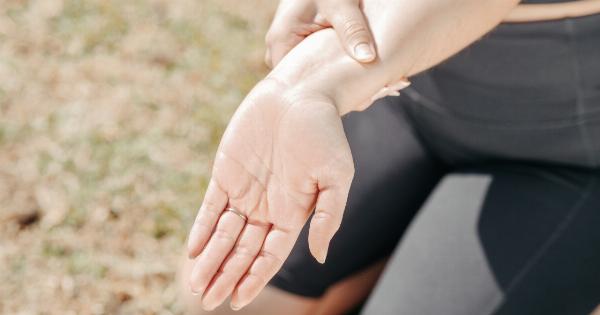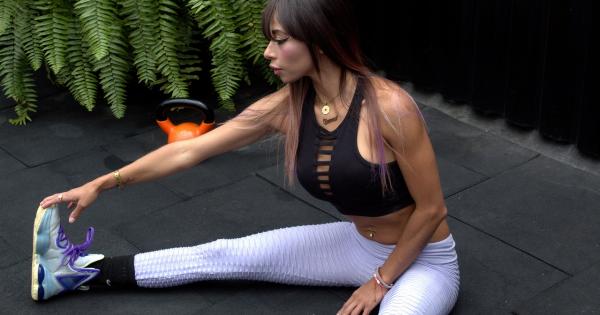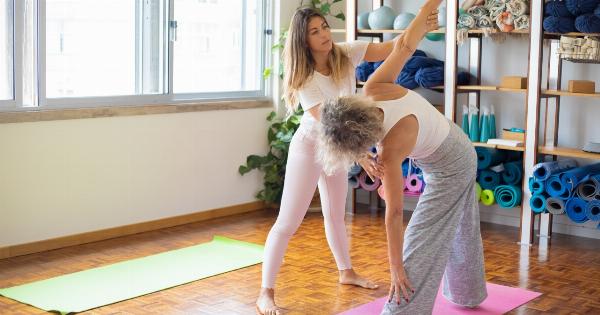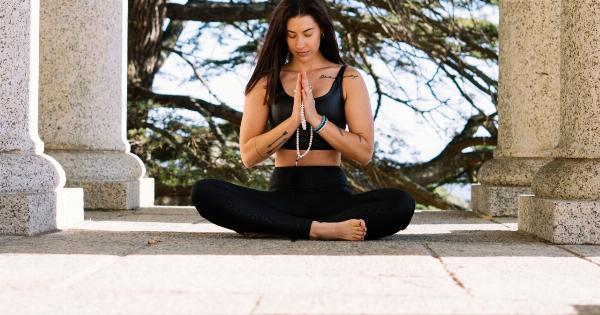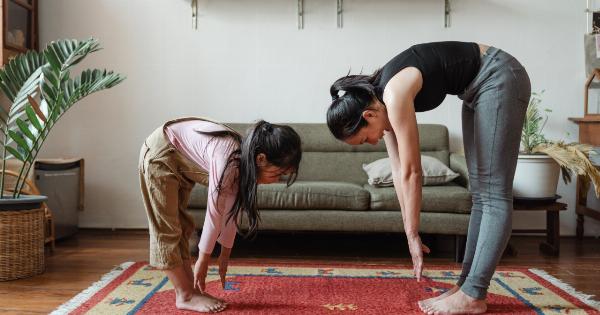Stretching is an essential part of any physical activity or exercise routine. It helps to improve flexibility, increase blood flow, prevent injuries, and enhance overall performance.
Whether you are an athlete, a fitness enthusiast, or someone who simply wants to maintain an active lifestyle, understanding the importance of stretching and knowing how to do it properly can greatly benefit your body. In this article, we will delve into the significance of stretching and provide you with some valuable tips on how to incorporate it into your routine.
1. Benefits of Stretching
Stretching offers numerous benefits for both your body and mind. Here are some key advantages of including stretching in your daily routine:.
2. Improved Flexibility
One of the primary benefits of stretching is improved flexibility. Regular stretching exercises help to lengthen and strengthen your muscles, allowing for greater range of motion in your joints.
This enhanced flexibility assists in performing daily activities with ease, prevents muscle imbalances, and reduces the risk of muscle strains and tears.
3. Increased Blood Flow
Stretching promotes better blood circulation throughout your body. When you stretch, the muscles contract and relax, causing an increase in blood flow to the targeted areas.
This improved circulation delivers essential nutrients and oxygen to the muscles, helping them to function optimally and promoting quicker recovery after exercise.
4. Injury Prevention
Engaging in regular stretching routines can significantly reduce the risk of injuries. When muscles are tight and lack flexibility, they are more prone to strains, sprains, and other types of injuries.
By incorporating stretching into your routine, you improve muscle elasticity and overall muscle function, thereby minimizing the likelihood of getting injured during physical activities.
5. Improved Performance
Stretching has been shown to enhance athletic performance. When your muscles are supple and flexible, they can generate more power and force.
Incorporating dynamic stretching before a workout or game can activate your muscles and prepare them for the demands of the activity. Static stretching after exercise can help reduce muscle soreness and aid in muscle recovery.
6. Stress Relief
Stretching not only benefits your physical health but also plays a role in promoting mental wellness. Stretching exercises help to relax tense muscles and release built-up stress.
By focusing on your body and its movements during stretching, you can also experience a sense of mindfulness and calmness, reducing anxiety and improving mood.
7. Types of Stretching
There are various types of stretching techniques you can incorporate into your routine. Some popular types include:.
8. Static Stretching
Static stretching involves holding a stretch for an extended period without any bouncing or movement. It is a common stretching technique used to increase flexibility and cool down after exercise.
To perform a static stretch, gently stretch the targeted muscle until you feel a slight tension, and hold the position for 20-30 seconds.
9. Dynamic Stretching
Dynamic stretching involves stretching through movement. It helps to warm up the muscles and prepares them for the upcoming physical activity. Unlike static stretching, dynamic stretching involves controlled movements rather than holding a position.
Examples of dynamic stretches include arm circles, walking lunges, and leg swings.
10. Active Isolated Stretching
Active isolated stretching (AIS) is a stretching technique that involves holding each stretch for only 1-2 seconds. It focuses on specific muscle groups and is commonly used in rehabilitation settings.
AIS helps to improve muscle flexibility and joint range of motion.
11. Tips for Proper Stretching
To maximize the benefits of stretching, follow these tips for proper stretching technique:.
– Always warm up your body before stretching. Engage in light cardiovascular exercise, such as jogging or jumping jacks, to increase blood flow to your muscles. – Focus on major muscle groups. Stretch your calves, quadriceps, hamstrings, hips, lower back, shoulders, and neck. – Breathe deeply and relax into each stretch. Avoid holding your breath or tensing your muscles. – Do not bounce during stretching. This can lead to muscle strain or injury. Instead, stretch to a point of mild tension and hold it. – Stretch both sides of your body equally to maintain balance and symmetry. – Incorporate stretching into your daily routine and make it a habit. Consistency is key to reaping the benefits of stretching. – If you have any pre-existing medical conditions or injuries, consult with a healthcare professional or a qualified fitness instructor before starting a stretching program.12. Conclusion
Stretching is not just a warm-up activity; it is an essential component of maintaining a healthy and active lifestyle.
By incorporating stretching into your routine, you can improve flexibility, increase blood flow, prevent injuries, enhance athletic performance, and reduce stress. Remember to follow proper stretching techniques, choose the right type of stretching for your needs, and listen to your body’s signals. Embrace the importance of stretching and unlock the many benefits it offers for your body and mind.

